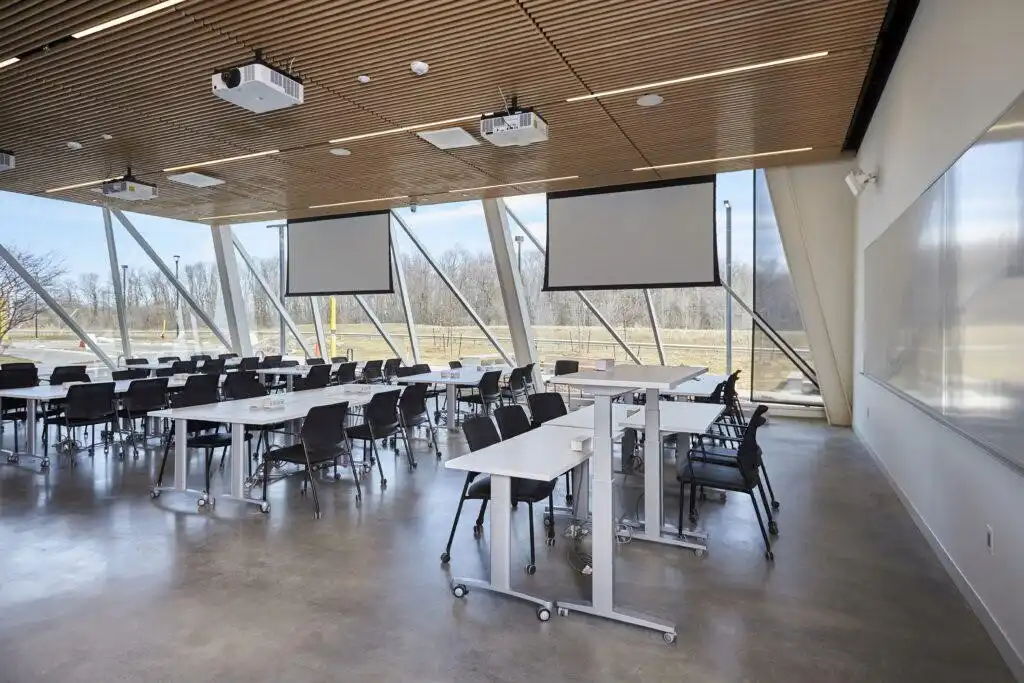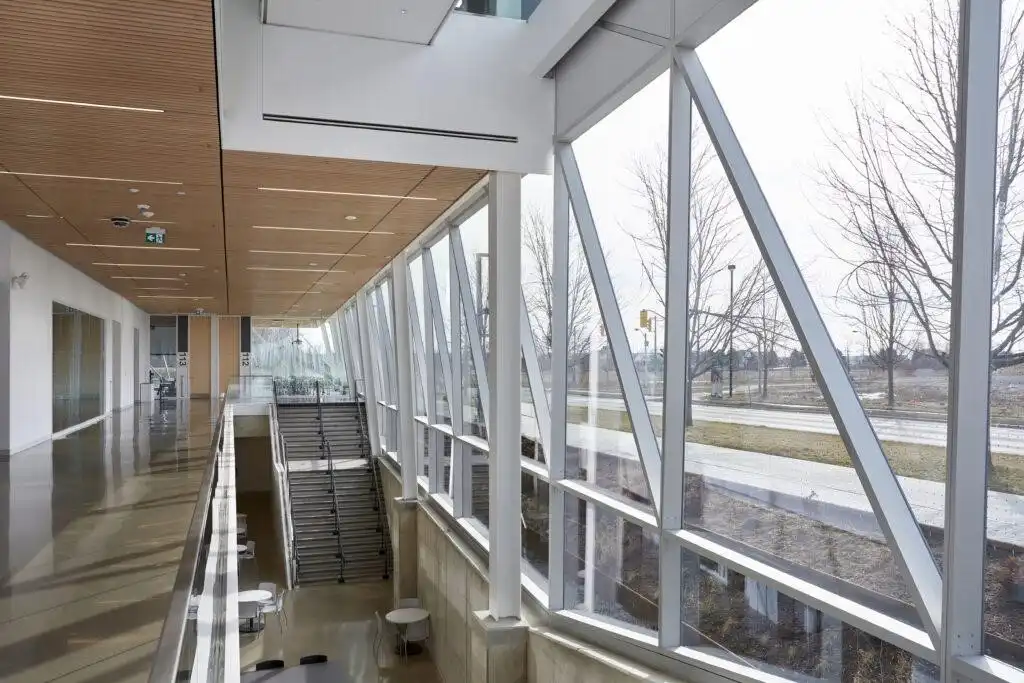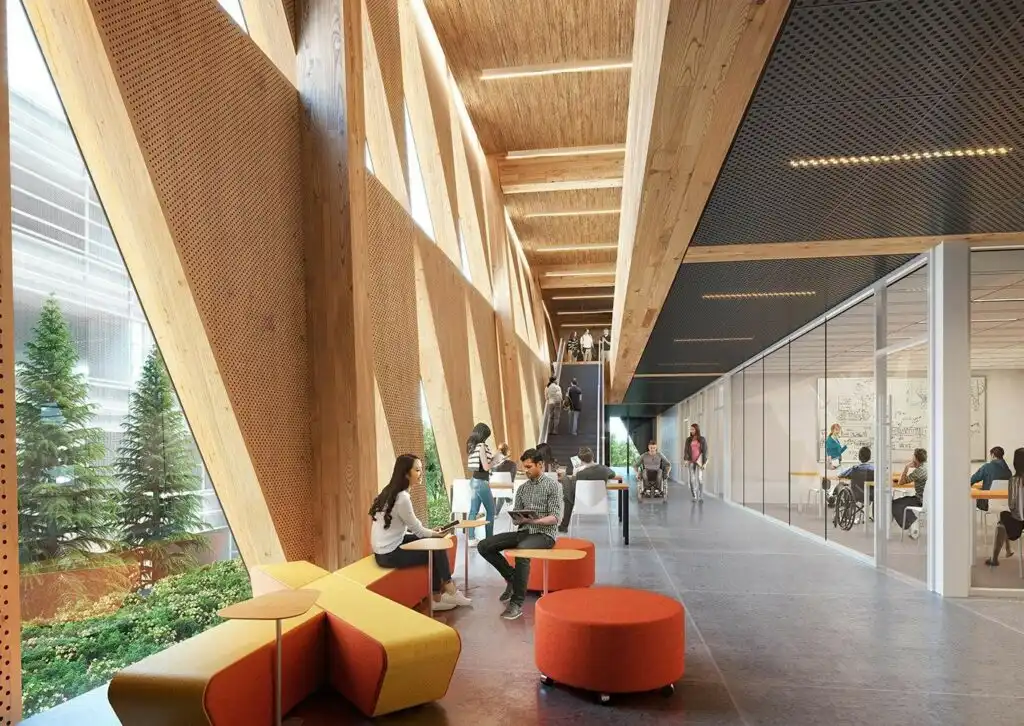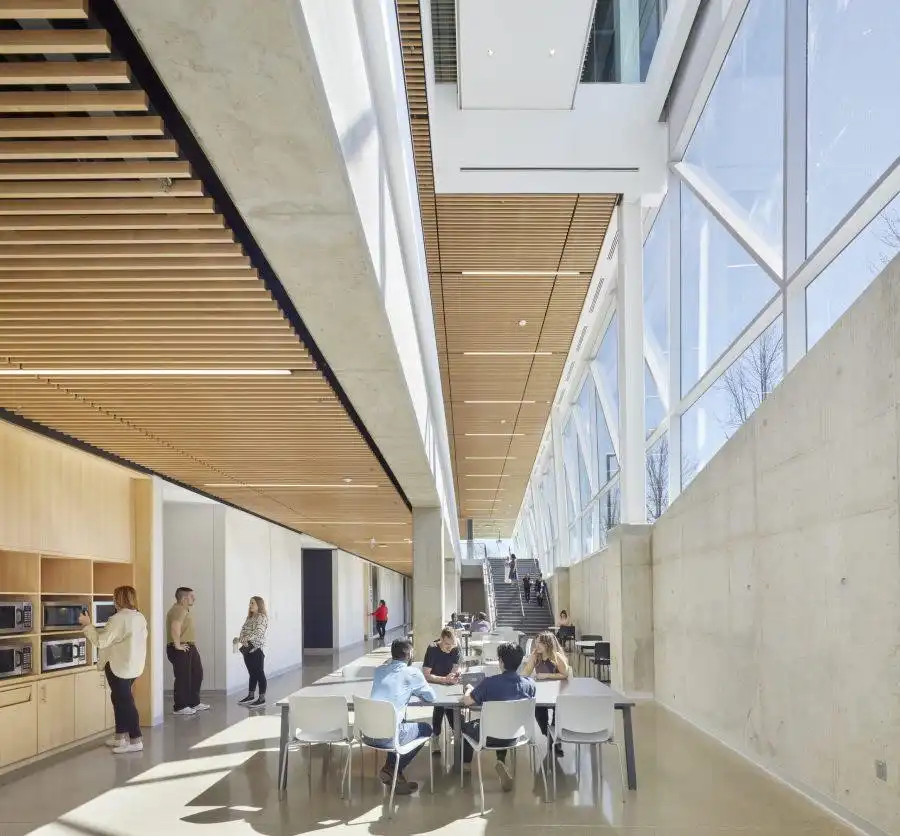The construction industry has seen advancements in new techniques and materials, which helps in enabling the realisation of complex architectural forms. Precise fabrication, modular construction, and advanced building systems have made it more feasible to construct twisting buildings efficiently. As the demand for innovative and visually striking architecture continues to grow, we can expect to see more twisting buildings and designs emerge in the future. A twisting building typically refers to an architectural structure characterised by a twisting or spiralling design. These buildings are known for their unique and visually striking appearance. The twisting effect can be achieved through various design techniques, such as rotating floor plates or curving the building’s facade. Architects and engineers across the world are pushing the boundaries of what is possible, creating dynamic and extraordinary structures that redefine the urban skyline. In regard to the growing demand for twisted buildings, Design Architect Studio Perkins&Will revealed the ‘bold and twisting’ building of the School of Continuing Studies at York University. The building was recently awarded Excellence in Design by the Ontario Glass & Metal Association.
In 2018, the architecture firm Perkins&Wills was selected to design the building, led by architects Safdar Abidi and Andrew Frontini. Unveiled on May1st, 2023, the building will serve as the first stand-alone facility for York’s School of Continuing Studies. Featuring a dramatic geometric form, the building’s design is emblematic of the school’s identity and culture, which is centred around accelerated professional growth in the face of a continuously evolving labour market.
Previously dispersed in multiple locations around campus, the School of Continuing Studies, which is the largest school of its kind in Canada, serves students who are furthering their educational and professional development, and English language learners. The new centralized facility, described as “bold and twisted,” features modular learning clusters, bright collaboration spaces, a generous public plaza, and wellness amenities including a lactation room and prayer space.
Twisted Building Form of School of Continuing Studies

Located at the southern tip of the campus on Pond Street, the signature 120,000 sq. ft. building spans over five floors and emerges from a new public plaza, creating a distinctive new gateway into the campus.
“The building’s unique twisted form begins with a desire to create engaging public spaces, both within the building and at the scale of the campus. We responded to the neighbouring buildings, road networks and pedestrian desire lines by nudging the building over to create a gateway plaza to the west and a discrete drop-off zone to the east. With this the twist was born!” says Andrew Frontini, Lead Designer and Design Director with Perkins&Will.“ “Each of the five floors rotates to lean out and shelter the public realm as well as engage people at the scale of the campus with a bold sculptural presence. Inside, the twist creates light-filled spaces to engage outside of the classrooms. It’s a bold form, but one that is born out of a desire to build culture and community,” he further added.
The contortion of the building is emblematic of the way that the school supports professional growth in the face of a changing economic landscape. Designers aimed to build community and create a culture of connectivity, both internally and externally. The 120,000 sq.ft. building spans five floors and emerges from a new public plaza, creating a distinctive new gateway into the campus.
Inside, modular learning spaces can be adjusted to accommodate 16- to 120-seat classrooms.


The interior of York University’s School of Continuing Studies
Classrooms are set inwards, creating learning clusters that leave open spaces at the light-filled perimeter. Interconnected lounges and open collaboration spaces support the school’s social learning approach. Classrooms can double as spaces for networking events with private sector companies and non-profit organisations.
On each floor, classrooms and meeting rooms are designed to be modular. The learning spaces are set inwards, creating learning clusters that leave open spaces at the light-filled perimeter. Each cluster can be reconfigurable in size. The adaptive nature of the building layout creates a new way for the school to adjust to new technologies, evolving pedagogy, and enrollment rates.
Use of unique facades for The interior of York University’s School of Continuing Studies
Facades used for the project are encased in reflective brushed aluminum panels, the building’s high-performance unitized curtain wall creates a continuous, taut, and efficient skin that maximizes views while reducing energy use. The triangular openings define the façade with a diagrid pattern that curves as it rises, in response to the building’s twisted form.


Cafeteria and recreational facilities of York University’s School of Continuing Studies
Features of the new building design of School of Continuing Studies
- Adoption of the geometric design process to articulate the dramatic contortion of the building by manipulating the rectangular floor plate around a common centroid.
- The rotation of the overall form introduces a two-way curve into the north and south facades.
- Twisting open to a new plaza, the building’s form maximizes the composition of the urban campus.
- The structural make-up of the building’s core is low carbon concrete and efficiently braces the building’s twisting shape.
- The design explores the potential for Net-Zero Energy and Net-Zero Carbon and targets LEED Gold certification.
- High-performance building strategies include direct outdoor air ventilation and active chilled beams.
- Incorporation of a range of wellness amenities, geared towards students with varying needs.
- The building’s amenities include a communal dining space with a meditation prayer room, and a mothers’ nursing room supporting the wellness needs of the school’s diverse students.
“We are incredibly proud to have opened the first centralized facility for the School of Continuing Studies. The space reflects our approach of strengthening social connections and leveraging experiential education to help students develop their human skills along with functional expertise. This approach develops a resiliency in graduates which when combined with their new in-demand skills from a respected institution gives our graduates a competitive edge and enhances social mobility”, says Christine Brooks-Cappadocia, Interim Vice President of Continuing Studies with York University.
Conclusion
The new School of Continuing Studies will serve as a new architectural landmark that consolidates York University’s School of Continuing Studies into one location at the Toronto school’s Keele Campus.
References– bdcnetwork.com, canadianarchitect.com, canada.constructconnect.com


